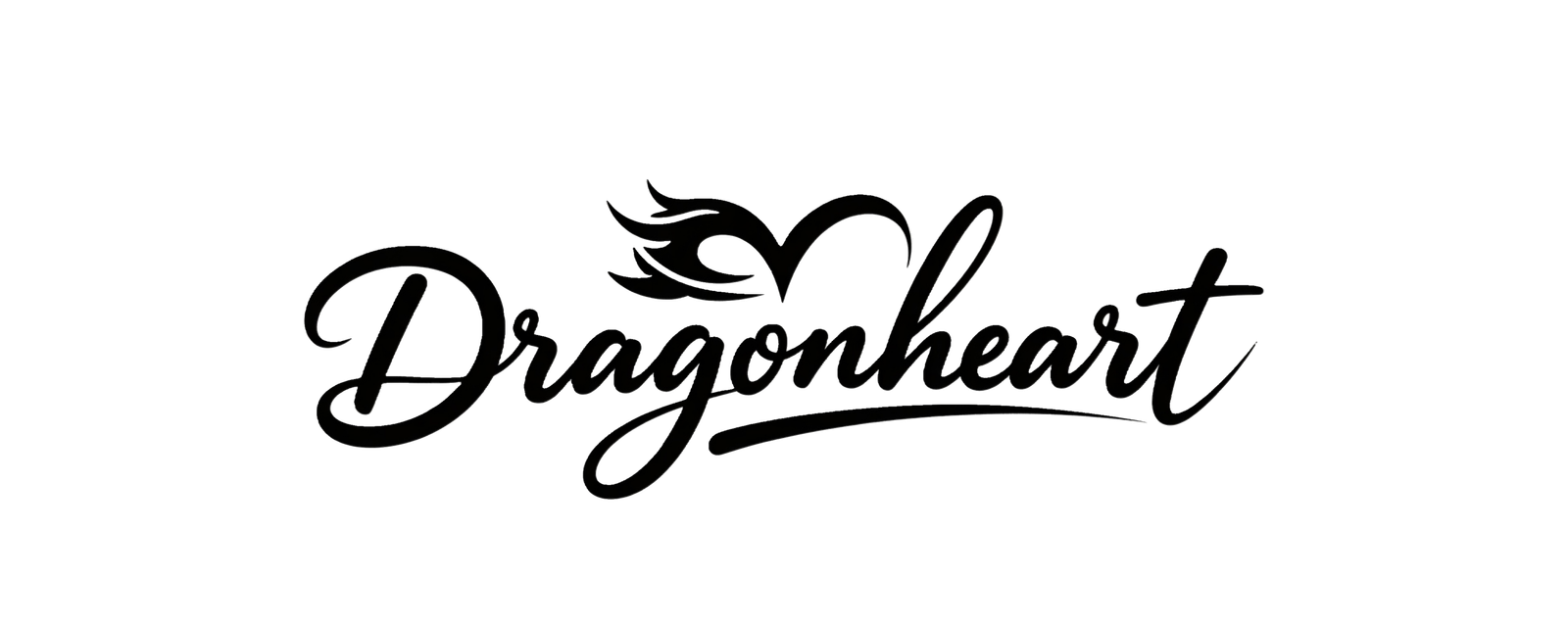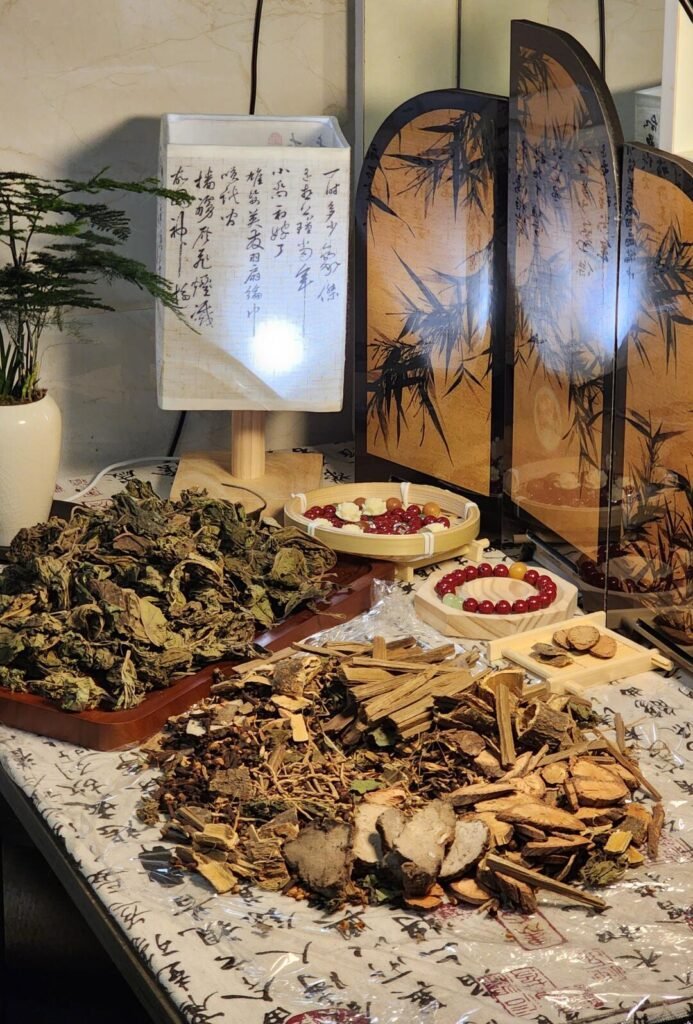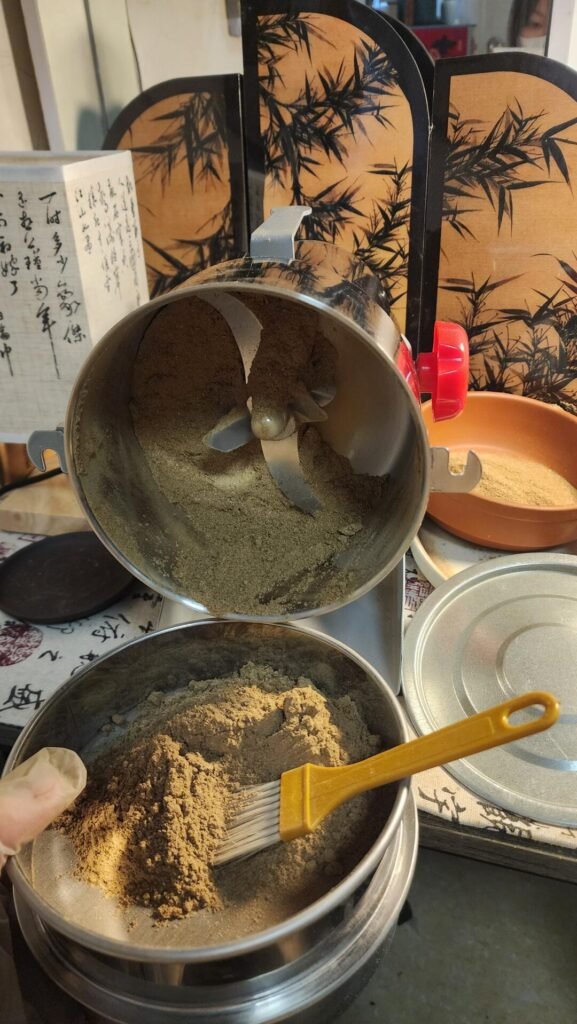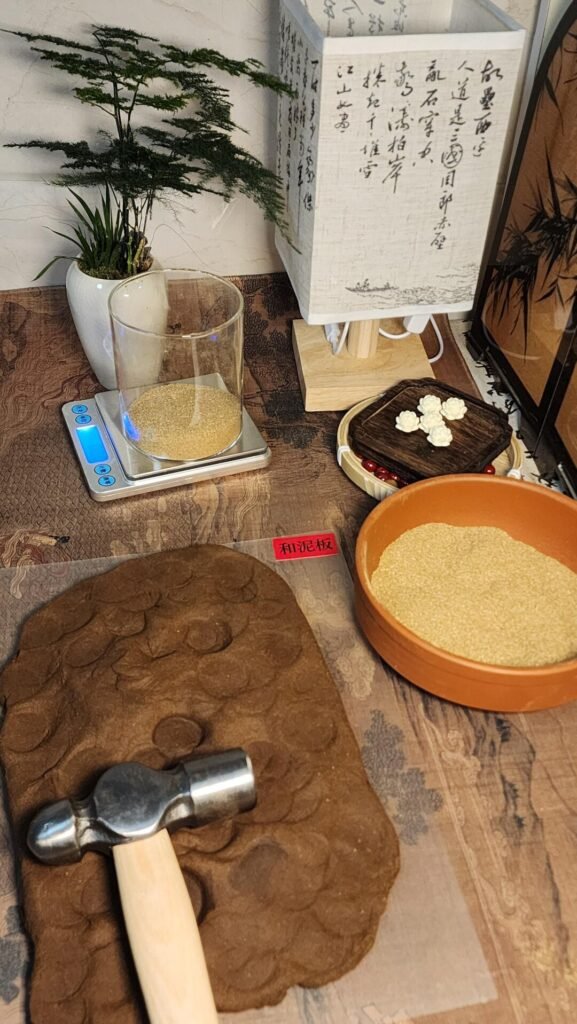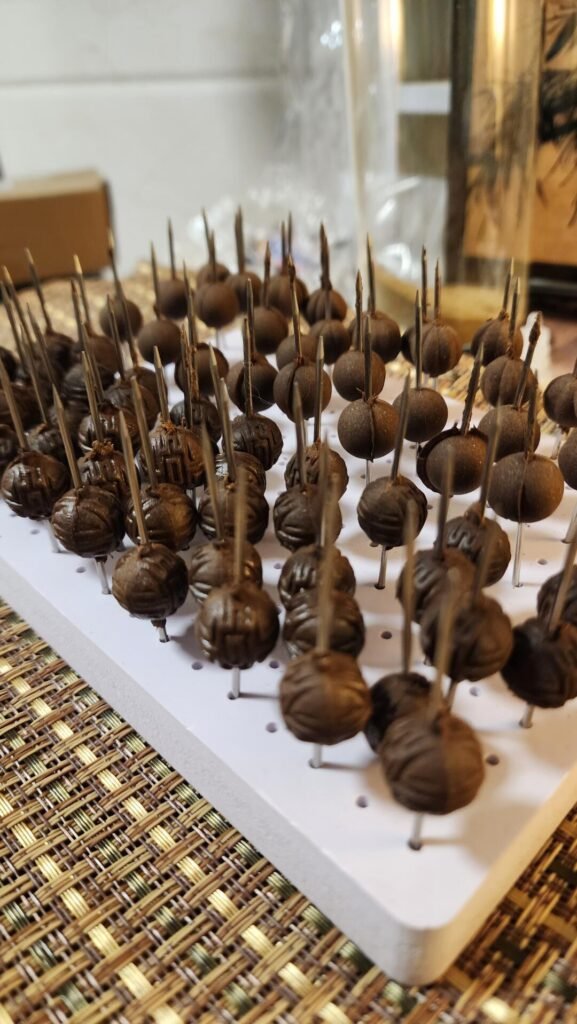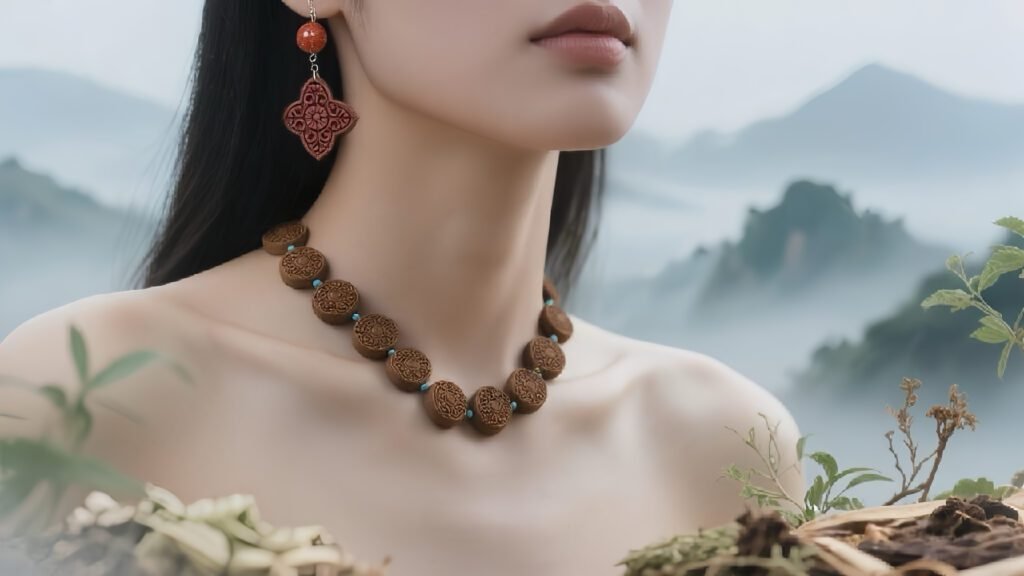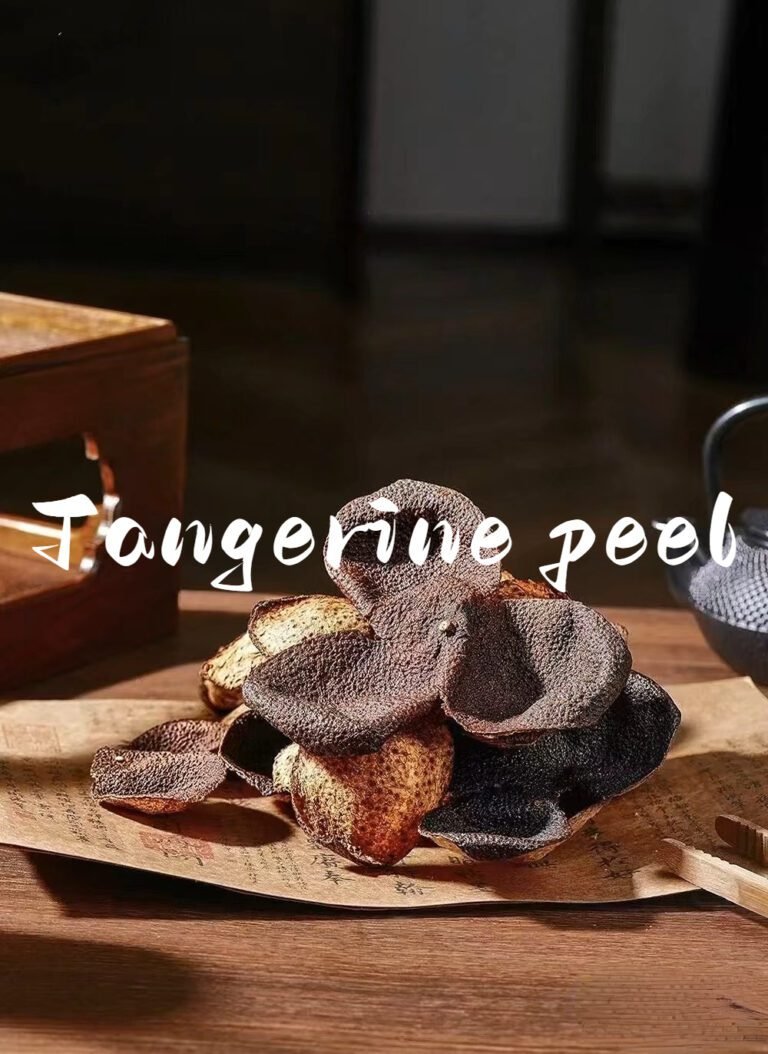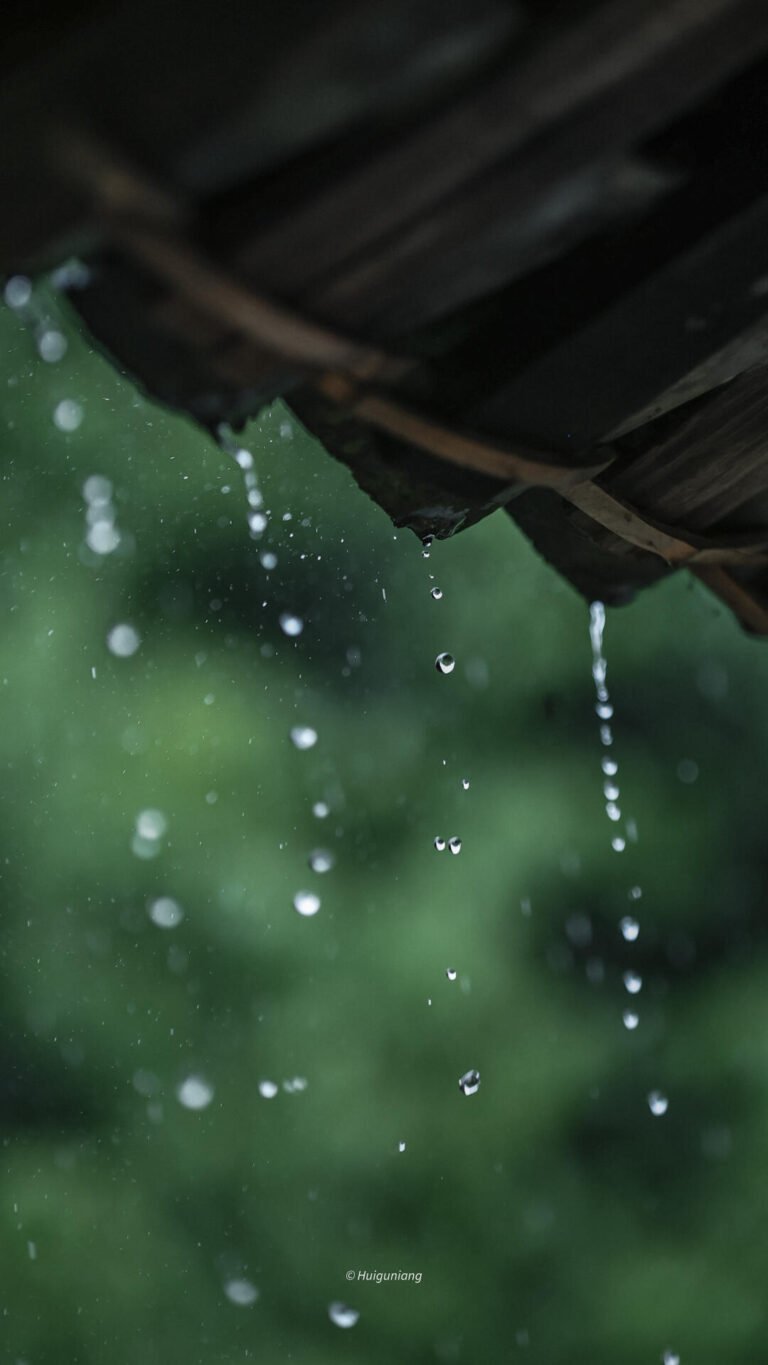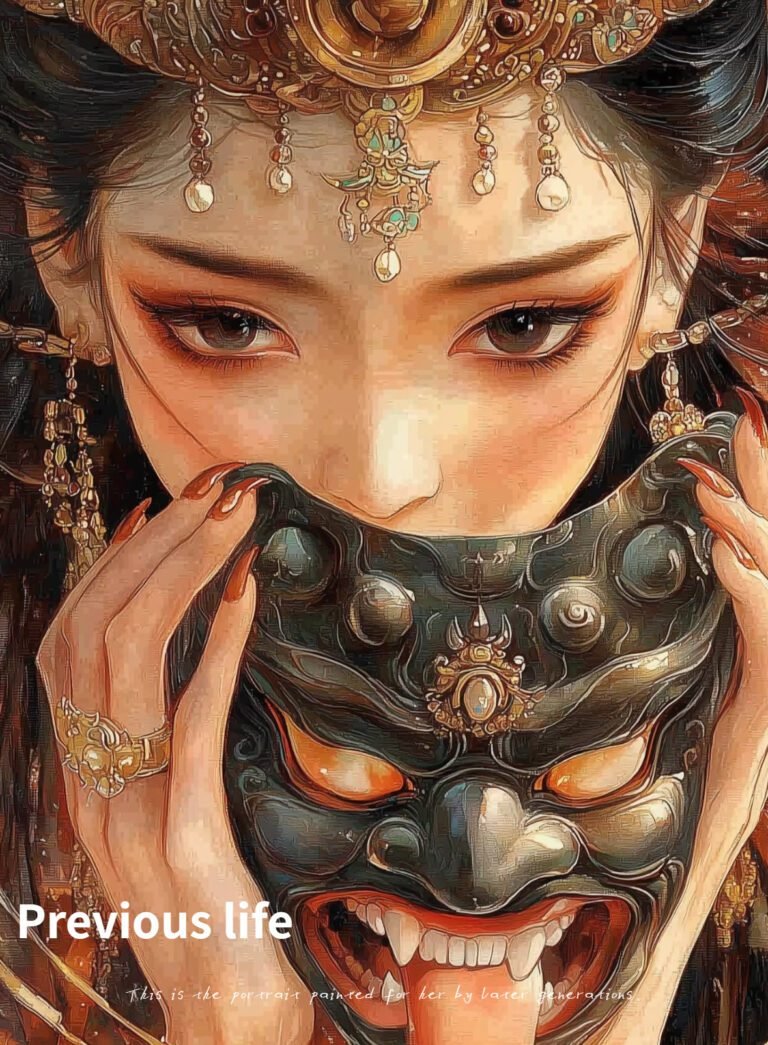The Art of Herbal Jewelry: Where Ancient Remedies Meet Modern Design
I’ve always believed that the things we wear should do more than just look good—they should carry meaning, energy, and a little bit of soul. That’s exactly what led me into the world of Traditional Chinese Medicine (TCM) jewelry—pieces handcrafted from herbs, infused with centuries of healing wisdom, and designed to be as beautiful as they are beneficial.
Let me take you behind the scenes of how these unique pieces are made. Whether you’re a fan of natural wellness, a lover of handmade art, or just curious about how ancient traditions meet modern creativity, I think you’ll find this process as magical as I do.
Step 1: Choosing and Preparing the Herbs
It all starts with the herbs. Each herb is chosen based on its purpose and benefits.
For example, when I make a comb, I usually choose Polygonum multiflorum and Platycladus orientalis leaves, which are known for their tonic and strengthening effects. For aromatherapy products used to fight colds or calm nerves, I might choose aromatic herbs such as Angelica dahurica or Perilla frutescens, both of which are known for their heat-clearing and warming effects.
Some herbs require extra care before use. Certain roots or leaves are traditionally steamed, roasted, or dried to enhance their benefits. For example, He Shou Wu is steamed before making it to enhance its restorative properties.
Once the herbs are prepared, they are thoroughly dried and ground into a fine powder. I usually pass it through an 80- to 100-mesh sieve until the texture is smooth and fine – this helps all the ingredients blend better later.
Step 2: Creating the Shape
Now comes the fun (and slightly messy) part—turning powder into form.
I mix the powdered herbs with water and natural binders like honey, kneading it into a soft, pliable dough. This “herbal clay” is what I use to shape beads, pendants, and other pieces.
Depending on the design, I might press the clay into a mold for detailed patterns or hand-roll it into beads for a more organic feel. The scent at this stage is amazing—earthy, sweet, slightly spicy depending on the herbs. It’s almost like working with incense, but more alive.
Once shaped, the pieces are set aside to air dry slowly in a shaded space. Sunlight can be too harsh and might crack them, so I always let them cure naturally—patience is key here.
Step 3: Finishing Touches
After drying, the jewelry still needs to be polished and refined.
I gently sand each piece to smooth out any rough edges and give it a clean, finished look. If I’m feeling creative, I’ll add some carvings—maybe a traditional symbol, a word of blessing, or a simple floral design. This part adds so much personality to each item.
Finally, I bring everything together. The herbal elements are paired with other materials—silk thread, wood, gemstones, or metal—to create bracelets, necklaces, earrings, or combs. It’s a beautiful blend of rustic tradition and refined design.
Why I Love Making Herbal Jewelry
For me, these pieces are more than accessories—they’re small tokens of care, tradition, and intention. You can feel the grounding energy of the herbs, and knowing the story behind each one makes them all the more special.
Whether it’s a calming bracelet infused with ancient aromatics, or a hair comb made with herbs your grandmother might’ve brewed into tea, herbal jewelry connects us to something deeper. It reminds us that beauty and healing can absolutely go hand in hand.
Thanks for coming along on this little journey into my workshop. If you’re ever curious to see these pieces come to life—or even try making one yourself—feel free to reach out. I’d love to share more.
